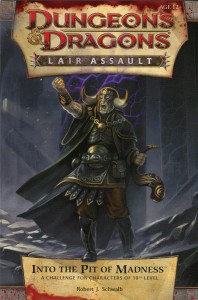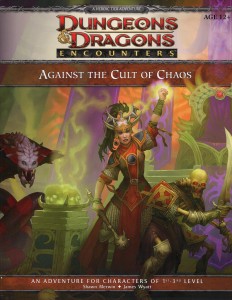The character creation process, be it for D&D or any other role-playing game, usually starts with filling in all the boxes and fields on the character sheet. In D&D the areas that usually get the most attention are the class, race, ability scores, skills and weapons. Once these are filled in you’re well on your way. For many this is where the creative process ends. They have all the hard facts they need to begin play. From a mechanics point-of-view they’re ready to explore dungeons and slay monsters.
For the number crunchers and power gamers this is all they’re interested in. They’ve filled in all the blanks on their character sheet so they must be done, right? I suppose, but what about the character’s personality? After all, this is a living being. Shouldn’t you spend at least a few minutes figuring out this character’s personality? It may not factor into their attack scores or skill checks, but it can help guide your role-playing and give you (and the rest of the players at your table) a better idea of who the character is and not just what kind of sword he wields.
Unfortunately the only area of the character sheet that even comes close to defining the character’s personality is alignment. However, in my experience alignment is one of the most overlooked or outright ignored parts of the character sheet. Even when it is completed it rarely carries any weight in how the PC is run. In previous editions of D&D there were nine alignments, in 4e we’re down to five. As new players come to D&D, alignment seems to be less important and plays a much smaller role in the character development.



